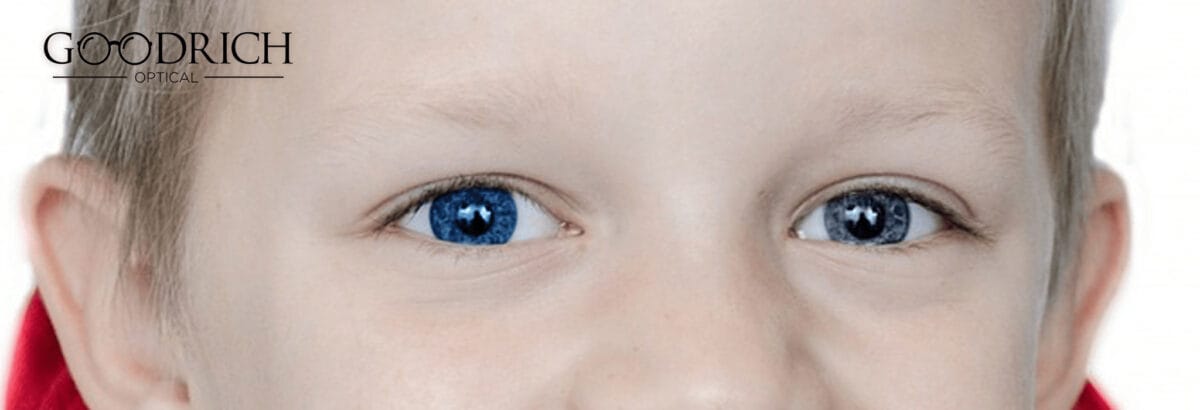Heterochromia: Two Different Colored Eyes Explained

Heterochromia comes from the Greek word “heteros” which mean different and “chroma” which means color. It is a condition where a person has two distinct eye colors.
One can have this condition from birth or develop it over time. The colored part of the eye (Iris) consists of one of the colors, such as brown, green, black and blue. But some people have unique colors in one eye, and some have different eye colors because of heterochromia.
Causes of Heterochromia
Though illness or underlying disease account for some instances, mutation is the most common reason for the genetic forms of heterochromia.
Melanin levels in the irises (colored part) of both eyes are affected by mutations, and of all the eye colors, blue eyes have the least melanin and brown eyes the most.
“A person born with different eye colors or who develops distinct eye colors soon after birth is known as having congenital heterochromia. When a person develops this unique condition later in life, it is known as acquired heterochromia.”
Also read, How to Deal with Digital Eye Strain
Heterochromia is harmless if present from birth or early years of life. But can be indicative of an underlying medical condition such as Horner, Waardenburg, or Sturge-Weber syndromes and others, etc. when found later in life
It can also occur later in life due to injuries and illness such as eye trauma, iris tumour, eye surgery, etc. Moreover, some medications and eye drops taken for different eye conditions can lead to heterochromia. Heterochromia occurs when there are low levels of melanin in the Iris.
Types of Heterochromia
In the broadest sense, there are three types of heterochromia, each has its own unique characteristics:
- Complete heterochromia
- Central heterochromia
- Sectoral heterochromia
Each type of heterochromia is further divided based upon the impact on the melanin pigment in the Iris.
Complete Heterochromia
Most people who have heard of heterochromia know only one type- complete heterochromia. In these cases, complete means that both eyes are completely different colors.
This relatively common eye condition is found in both humans and animals. It usually occurs before birth due to genetic mutations, but some occur due to injury or illness, as discussed above.
You might have seen this condition in Siberian huskies and Australian shepherds. A 2018 study indicates that genes, as in humans, play a prominent role in determining the dog’s eye color. It is fairly common that a husky with two blue eyes has offspring with mismatched eyes.
Central Heterochromia
In central heterochromia, an individual has different colors near the margin of the pupils in relation to the rest of the iris rather than distinct colors in each eye. The inner rings of the pupils often seem to radiate tiny spikes of different colours. These colors are typically Gold and Hazel.
Such eyes are often referred to as “cat-eyes”.
Sectoral Heterochromia
Sectoral or partial heterochromia is the most varied type, in which the same eye has two different colors. It is difficult to find the exact same case of sectoral heterochromia as some people have half blue and half black eye color, while others may have blue eyes with brown color below the pupil in a triangular form or like a big dot.

